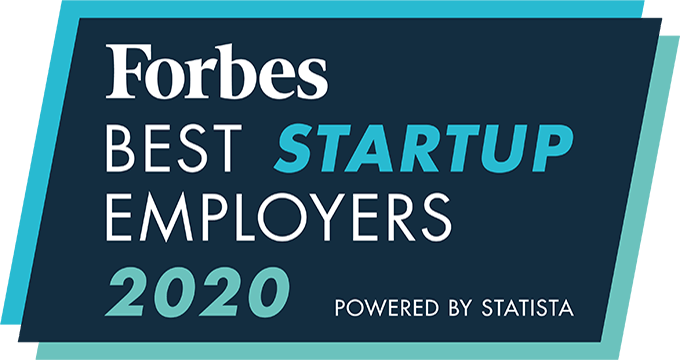With skilled talent at a premium these days, many businesses are embracing the idea of retraining and upskilling their current employees. Instead of spending valuable time and resources searching for new talent, companies can help their own employees learn the needed skills. This approach obviously benefits employers: they end up with the skills they need, but it also benefits the employees by empowering them with new skills. An added bonus? Upskilled employees feel valued by the company and will have greater job satisfaction.
A Culture of Continuous Learning
One of the best ways to empower IT professionals is to foster a culture of continuous learning. The dynamic nature of the IT industry demands that professionals stay on top of emerging trends, tools, and methodologies, and this can present a challenge to both employees and employers. Sporadic training sessions can only go so far in solving the problem—a consistent commitment to learning is the best approach. Investing in online courses, workshops, and certifications can provide IT pros with the knowledge they need to tackle new challenges head-on. Some of the ways to show a commitment to learning include:
1. Tailored Employee Onboarding Programs
One powerful approach to upskilling IT professionals is the implementation of a well-crafted employee onboarding program. Beyond the basics of company policies and procedures, these programs can be customized to include specific technical training relevant to the organization. By tailoring onboarding initiatives to address the unique needs of IT roles, companies set the stage for success from day one, ensuring their professionals are equipped with the right tools and skills.
2. Mentorship and Collaboration
Learning doesn’t happen in a vacuum. Establishing mentorship programs within IT teams is a great way to ensure that your employees are always learning. Seasoned professionals can share their experiences, insights, and expertise with newer members, creating a collaborative learning environment. This not only accelerates the learning curve but also fosters a sense of community and shared responsibility. After all, the IT field is a collective effort, and collaboration can lead to innovative solutions.
3. Gamified Learning Platforms
Who said learning can’t be fun? Gamified learning platforms bring an unexpected and appreciated element of fun into training initiatives. By incorporating game-like elements, such as challenges, rewards, and competition, IT professionals are more likely to engage with the material and retain crucial information. These platforms make learning an interactive and enjoyable experience, turning what might feel like work into a game and improving performance. Honestly, who wouldn’t rather play than work?
Upskill To Elevate Employee Expertise
Helping your employees to learn new skills will not only empower them to be better workers but will also improve business performance. Here are some ways to get started and ensure the success of the upskilling journey:
Identify Skill Gaps: Effective upskilling starts with an audit of existing skill gaps. Conduct regular assessments to identify areas where IT professionals lack proficiency. This enables organizations to tailor their upskilling programs to address specific needs and ensure that time and resources are invested where they are most needed.
Provide Access to Cutting-Edge Technologies: Upskilling initiatives should not just focus on existing technologies but also on emerging ones. Enable IT professionals to familiarize themselves with the tools that will shape the future of the industry with access to cutting-edge technologies and the means to learn them. Whether through workshops, hands-on projects, or partnerships with tech providers, exposure to the latest tech is key.
Encourage Self-Directed Learning: While structured training programs are essential, encouraging self-directed learning empowers IT professionals to take control of their own development. This can include providing access to online resources, encouraging participation in forums and communities, and supporting personal projects. Self-directed learning fosters a sense of autonomy and gives professionals the freedom to explore areas of personal interest.
Recognize and Reward Progress: Acknowledging the efforts and progress made by employees is crucial. Encouragement will spur professionals to continue learning and improving. Recognition can take various forms, from internal certifications and badges to public acknowledgment within the organization. Rewarding progress not only motivates individuals but also sets a positive precedent, encouraging more employees to improve skills.
Be Strategic for Skill and Business Success
Empowering IT professionals through strategic training initiatives is a multifaceted approach that involves continuous learning, tailored onboarding, mentorship, gamified platforms, and targeted upskilling efforts. When faced with the need to fill a tech skill gap, consider first looking inside your organization before searching for and hiring new talent. By taking the time to identify people in your organization who are willing to learn and grow and providing training on new technologies, organizations can ensure that their IT teams are fully competent, continually evolving, happy and empowered, and ready for the next evolution in technology.









